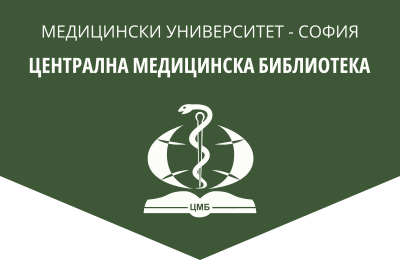Corneal changes in Wilson-Konovalov disease: importance of OCT diagnostics
Medical Review (Med. pregled), 2023, 59(4), 38-42.
Ch. Vidinova1,3, M. Konakchieva2, A. Koeva3
1 Department of Ophthalmology, Military Medical Academy, Sofia
2 Department of Gastroenterology, Military Medical Academy, Sofia
3 Department of Optometry, Sofia University „Sv. Kl. Ohridski“
Abstract. Wilson disease is a genetically transmitted disease with severe hepatic, neurological and psychiatric findings. Purpose: The aim of our survey is to show a new method for objective evaluation of the Kayser-Fleischer ring in the cornea in patients with Wilson-Konovalov disease. Material and method: In our prospective study, 7 patients with Wilson disease and decreased levels of ceruloplasmine under 5.2 g /l were enrolled. They were divided into two groups: with initial finding of the disease – 3 patients, and with developed clinical picture – 4 patients. Two patients had a pre vious successful liver transplantation. The Kayser-Fleischer ring has been evaluated biomicroscopically, with color photography and with anterior segment ОСТ (Rtvue, Optovue, 3D OCT 2000, Topcon). Results: In the first group of patients with initial stage of the disease on biomicroscopy a slight yellow orange ring in the corneal periphery has been spotted in some of the cases. The AS-OCT showed a well outlined hyper-reflective band on the level of the Descemet membrane corresponding to the copper accumulation in the cornea. In the second group of patients with developed disease, this hyper reflective band was larger with more than 60 Mk in comparison to the previous group. In patients after liver transplantation disappearance of the ring and copper accumulation was observed. The ring vanished form the periphery to the center. Conclusion: Wilson disease is always suspected in cases of undiagnosed liver dysfunction. Its confirmation, however, is in many cases subjective and connected with the detection of Kayser-Fleischer ring. The proposed method with anterior segment OCT is noninvasive, repeatable and can objectively show the presence or absence of copper depositions in the cornea. OCT diagnostics might be useful also in the follow up of these patients after liver transplantation.
Key words: OCT diagnostics, Wilson’s disease, Kayser-Fleischer ring
Address for correspondence: Assoc. prof. Hristina Vidinova, MD, e-mаil: christinavidinova@yahoo.com
